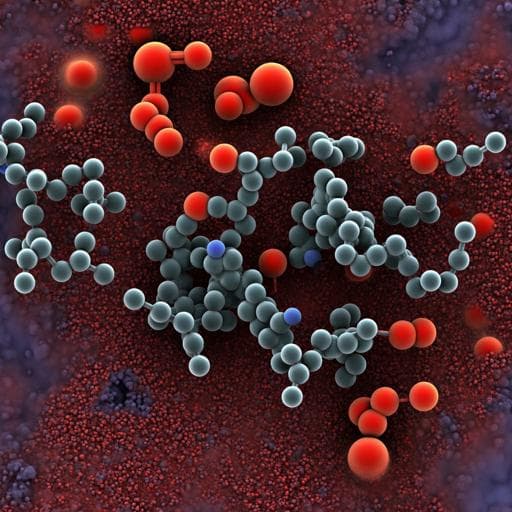
Chemistry
On the origin of multihole oxygen evolution in haematite photoanodes
G. Righi, J. Plescher, et al.
This innovative study dives into the multihole oxygen evolution reaction mechanism in haematite photoanodes, revealing a surprising third-order dependence on surface hole density. Conducted by prominent researchers including Giulia Righi and Robert Schlögl, this research employs advanced techniques like DFT simulations and microkinetic modelling to shed light on complex oxidation processes.
~3 min • Beginner • English
Related Publications
Explore these studies to deepen your understanding of the subject.







